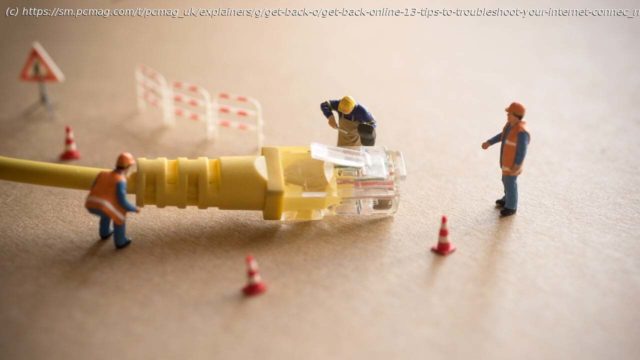Have a full house working, gaming, streaming, and news binging, all at the same time? If you’re experiencing lags, try these easy router tips to get back online before calling your ISP.
With the proliferation of smart home devices, cloud gaming, and video-streaming services, maintaining a strong internet connection is more important than ever. If you’re experiencing lag while playing League of Legends, or it takes forever to download music, there’s a good chance the problem is on your end and not an issue with your internet service provider.
But what’s the issue? Before you schedule a service call with your ISP, check out our tips for troubleshooting internet connection problems.1. Try Another Device or Website
Start with the obvious: Is the problem only happening on one device or all your devices? If your computer’s having problems, see if your phone or someone else’s laptop can connect to the network. If the problem only happens on one device, you can safely narrow the problem down to that particular machine.
If a specific website won’t load, try another site. If you can visit other websites just fine, it’s likely that the problem is with the website you’re trying to visit, and you’ll have to wait for them to fix things on their end. Try typing the website’s address into downforeveryoneorjustme.com or downdetector.com to see if there’s a known service outage.
If there is no known outage, it could be an issue with your browser’s cache. You may want to try visiting the site in a private browsing window or from a different browser to see if that fixes the connection problem. And clear your browser’s cache and cookies.2. Check the Wi-Fi Settings
Check the Wi-Fi settings on your device and make sure you are connected to the proper SSID. If not, you may be accidentally connected to the wrong network by default. Windows users and those with macOS Monterey or older can change the connection priority to ensure you can connect to the correct network. Alternatively, you can deselect the auto-connect option next to any unwanted network names.
If you’re connected to the right network and still have problems, Windows can help you diagnose the issue. Right-click on the network icon in the system tray and select Troubleshoot problems (Windows 10) or Diagnose network problem (Windows 11) to run the Windows Network Diagnostic routine. This can sometimes correct common issues by resetting the adapter.
You can also check your network adapter settings under Network and Sharing Center in the Control Panel to make sure the adapter is using the correct gateway address and other settings.3. Check Your Internet Package
If your internet is working, but it’s slower than expected, it may be time to doublecheck with your ISP on what speeds you should be getting. Head to a site like Speedtest.net and run a speed test. You’ll get a number in megabits per second denoting the speed your computer is actually experiencing. From there, open to your ISP’s website and check the latest bill.
If the number on your bill is the same as your speed test, then you’re getting the correct speeds you pay for. If that feels too slow, you’ll need to upgrade to something faster. If your speed test is significantly slower than the speed you pay for, then you are indeed having problems, and should continue with troubleshooting.4. Scan for Viruses
Sometimes your internet connection can be affected by malicious code on your computer. Spyware, viruses, and malware can each have a significant impact on your web-surfing speed and overall system performance. If nothing else is making sense, do a virus scan to be sure.
Windows comes with Windows Defender built in, which can do the job nicely, though there are plenty of free and paid utilities available as well.






